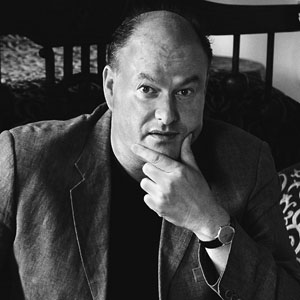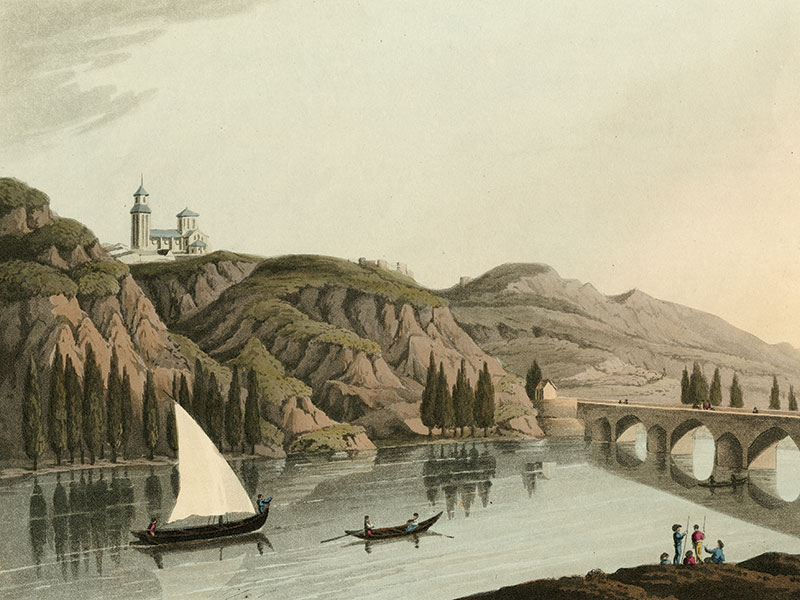Overview
The Camino de Santiago is famous and well-peopled, but across the Iberian landmass nature has carved its own pilgrimage routes, along whose river banks civilisations have built their cities and (often rarely-visited) towns. The great philosopher Miguel de Unamuno celebrated a joint Iberian culture that he saw as the communal backbone of Portugal and Spain; the Duero acting like a Cervantine girdle holding together the exoticism of Oporto, the first circumnavigation of the world, the spice trade, the sounds of Brazil, the Habaneras of Cuba, and the bracing austerity of Soria where the Duero’s source bursts out of a mossy mountain wall in the Picos de Urbión.
Gustavo Bécquer (Spain’s Byron) fell in love with a Soria that fed his wild imagination. For Antonio Machado, Spain’s greatest poet of the twentieth century, Soria and the Duero were at the heart of his Spain; spiritual, sad, contemplative, yet finally uplifting and healing. From Soria’s poplar-lined walk below the churches of San Polo and San Saturio and the Mountain of Souls, we dig deeper and deeper into Spanish history. Just a few miles away archeologists have uncovered the mythic Numancia, the siege city that fell to Rome and has become the Ur city of Spanish survival and re-birth. The treasures, staggeringly beautiful in their simplicity, like pared-back works by Miró or Moore – fossilised, white, bony and resistant – are on display in Soria’s beautiful but barely visited museums.
This is not a dry pilgrimage into Iberia’s historical past. Downstream we cut through the Ribera del Duero wine region to taste masterpieces of the oenological arts and feast on wild mushrooms, roasted lamb, and fresh-to-table vegetables cooked by Michelin-starred chefs. Our home for two days on the river bank, with its curated medieval herb gardens and shaded river walks, is at the Abadía Retuerta, in the heart of its celebrated bodega producing some of the greatest wines in Spain.
En route we visit three of the greatest pre-Romanesque churches in Europe, Gothic cathedrals, palaces and the quixotic Bourbon Enlightenment project of the Canal de Castilla. Arguably the greatest set of medieval tapestries ever produced are on view in Zamora. Toro promises a monumental polychrome early Gothic sculpted door, perfectly preserved.
For centuries all below the Duero – extrema duero – lay the Caliphate of Córdoba, the mythic Al-Andalus. In Tordesillas, Queen Juana the Mad was incarcerated for more than 40 years in a convent whose severe white-washed walls have recently uncovered an Arab palace fit for a Caliph or a King. If the Duero was the border, it was in Tordesillas that Spain and Portugal in the late fifteenth century celebrated the ultimate carve up, as with Papal dispensation they split the world in two.
Crossing the border into Portugal, we feast along the Douro, crossing the Duke of Wellington’s vast estates. We end in Porto, reading our way through flights of its glorious red wine, and venturing out onto its delta in an old Rabelo boat to dream of new worlds.
Day 1
Medinaceli, Soria. Fly at c. 10.00am from London Gatwick to Madrid (Air Europa). Continue by coach to Soria, stopping en route in the Ducal town of Medinaceli. First night of three in Soria.
Day 2
San Baudelio de Berlanga, Gormaz, El Burgo de Osma, Numancia. Follow the Duero to the iconic pre-romanesque San Baudelio de Berlanga, parts of which are now in the Met and the Prado. The 10th Califal castle, the largest in Europe, sits over San Miguel de Gormaz with recently uncovered crusader murals of 12th century. Afternoon visit to the fascinating cathedral of El Burgo de Osma, then return to Soria via the evocative Numancia archeological site – the ruins of a Celto-Iberian city laid to siege by Scipio Africanus.
Day 3
Duruelo de la Sierra, Santo Domingo de Silos. Climbing up past reservoirs we visit the source of the Duero near Duruelo de la Sierra in the Picos de Urbión. The afternoon visit is to Santo Domingo de Slios, arguably the greatest Romanesque cloister in the world.
Day 4
Soria, Abadía Retuerta. In Soria visit the romanesque masterpiece of Santo Domingo, then a riverside walk via the churches of San Polo and San Saturio. Afternoon drive to the luxury of the restored Abadía Retuerta, a signature wine bodega of the Ribera del Duero, for the first of two nights.
Day 5
San Juan de Baños, Valladolid, Abadía Retuerta. Morning visits to the unique 7th-cent. San Juan de Baños and the Canal de Castilla. Afternoon in Valladolid, birthplace of Phillip II, for visits to the Museo Nacional de Escultura and the 20th-cent. collection in the Patio Herreriano. A private visit to the Abadía Retuerta bodega offers a tasting of their superb wines.
Day 6
Tordesillas, Toro, Zamora. Morning visit to the Royal Monastery of Santa Clara in Tordesillas, with its Alhambra-inspired rediscovered palace decoration, then on to the polychrome arch at Toro’s Colegiata. En route to Zamora we visit the last of our three pre-Romanesque churches, San Pedro de la Nave. The first of two nights in Zamora.
Day 7
Zamora. Zamora cathedral holds the famous 15th-cent. Troy tapestry series from Tournai amongst its other treasures. We continue past San Ildefonso and the Templar Magdalena, viewing the city with more Romanesque churches than any other. The afternoon is free in this dreamy city of cobbled streets and museums that sit amongst its medieval walls over the Duero.
Day 8
Pinhão, Porto. Cross into Portugal where we pick up the Douro, with a bodega lunch near Pinhao. By way of the scenic Douro train that clings to the river banks, we make our way to Porto for the first of two nights.
Day 9
Porto. Morning visit to the cathedral and the medieval heart of the city, followed by a visit to the Museo de Serralves. The afternoon is our farewell to the Duero/Douro on an iconic Rabelo boat, and a final tasting of port in one of the great port houses overlooking the river.
Day 10
Some free time in Porto, then take the early evening flight to London Gatwick (TAP Air Portugal), arriving c. 8.15pm.

Gijs van Hensbergen
Art historian and author specialising in Spain and the USA. His books include The Sagrada Familia (2017), Gaudí, In the Kitchens of Castile and Guernica and he has published in the Burlington Magazine and Wall Street Journal. He read languages at Utrecht University and Art History at the Courtauld, and undertook postgraduate studies in American art of the 1960s. He has worked in England, the USA and Spain as exhibitions organiser, TV researcher and critic and is a Fellow of the Cañada Blanch Centre for Contemporary Spanish Studies at the LSE. Twitter: @GvanHensbergen | Website: gijsvanhensbergen.com
Price, per person
Two sharing: £4,860 or £4,650 without flights. Single occupancy: £5,640 or £5,430 without flights.
Included
Flights (economy class) with Air Europa (Boeing 737) and TAP Air Portugal (Airbus 320); travel by private coach and by train; hotel accommodation as described below; breakfasts, 1 lunch and 6 dinners with wine, water, coffee; tastings as indicated in the itinerary; private boat charter; all admissions; all tips; all taxes; the services of the lecturer and tour manager.
Accommodation
Hotel Alfonso VIII, Soria: well-located, functional and modern 4-star hotel. Abadía Retuerta: luxurious 5-star hotel on a famous Ribera del Duero wine estate. NH Palacio del Duero, Zamora: modern 4-star hotel in a 14th-cent. convent, a short walk from the river. Pestana Vintage (Porto), an excellently situated 5-star hotel in the historic centre, on the right bank of the river Douro.
How strenuous?
This is a long tour with a lot of walking in town centres where coach access is restricted, some of it on cobbled streets and steep terrain. There is a lot of standing in museums and churches. A good level of fitness is necessary. It should not be attempted by anyone who has difficulty with everyday walking and stair-climbing. There are some long distances travelled by coach, plus journeys by train and boat.
Are you fit enough to join the tour?
Group size
Between 12 and 22 participants.
Travel advice
Before booking, please refer to the FCDO website to ensure you are happy with the travel advice for the destination(s) you are visiting.
